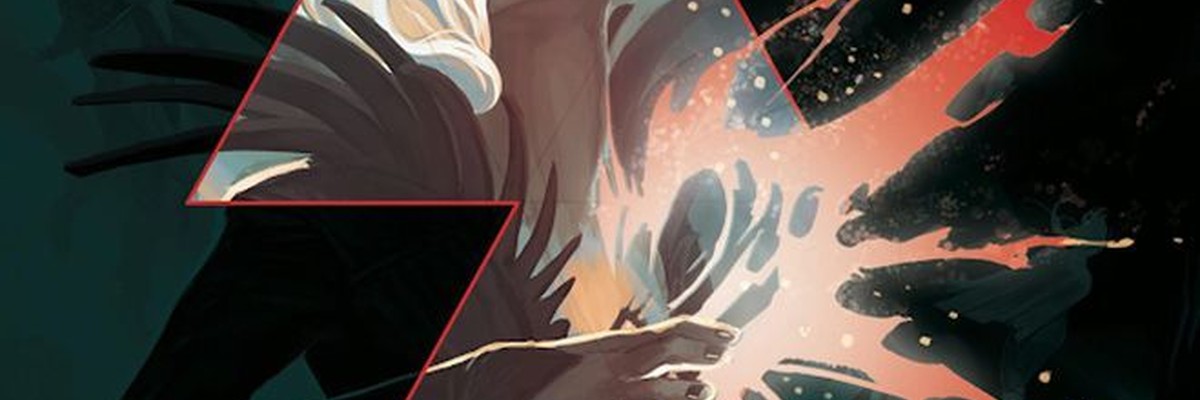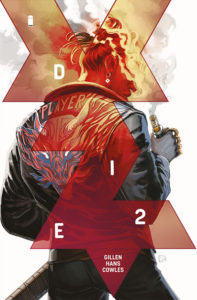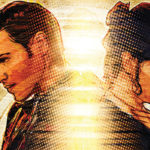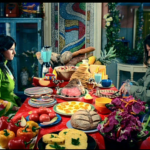
DIE #2
Writer: Kieron Gillen
Artist: Stephanie Hans
Letterer: Clayton Cowles
Publisher: Image Comics
Review by Jim Allegro
 Kieron Gillen and Stephanie Hans take us deeper into the world of tabletop-role playing games in DIE #2. The five adults who return to the fantasy world of an RPG that claimed two years of their adolescence find that the sixth, a friend who was left behind, is still playing the game. It is Solomon the Grandmaster, and he sets Ash the Dictator, Isabelle the Godbinder, and the other characters on an adventure that involves regal elf queens, wicked orcs, and other tropes that evoke the nostalgia behind the recent RPG revival.
Kieron Gillen and Stephanie Hans take us deeper into the world of tabletop-role playing games in DIE #2. The five adults who return to the fantasy world of an RPG that claimed two years of their adolescence find that the sixth, a friend who was left behind, is still playing the game. It is Solomon the Grandmaster, and he sets Ash the Dictator, Isabelle the Godbinder, and the other characters on an adventure that involves regal elf queens, wicked orcs, and other tropes that evoke the nostalgia behind the recent RPG revival.
Gillen (Wicked + Divine) uses the opportunity of this issue to flesh out the characters. He takes on this task from two vantages. The first is to explain the roles of the characters in the game, the thieves, rogues, and so on. His take on these archetypes is thoughtful and imaginative: grief knights turn sadness into power, neos are cyberpunk magicians, and dictators control emotions. Gillen’s commitment to this aspect of the story is admirable, but it is also a bit distracting and pedantic. At times, DIE feels over-thought. It comes off as a calculated, if uninspired, rumination on nerd culture rather than a fun and spontaneous story about an RPG.
Perhaps this is because the writer has the difficult challenge of telling two stories at once. DIE is about the characters of a fantasy game. But it is also about the adults who play them. And, it is on this second front that Gillen’s comicbook has thus far shown the most potential. The core emotion of this story is melancholy, a bittersweet feeling that evokes longing for a happier time in one’s life. The adults who play DIE are no longer the enthusiastic teenagers who began the game. They are exhausted, burdened by divorces and other problems that follow all of us into middle age.
The artwork works well with these themes. Hans’s approach to the characters is lush and full, almost as if they are painted on the page. The effect brings us back to the rich illustrations that littered the pages of a 1980s Dungeons & Dragons handbook. But Hans then illustrates the background worlds against which the characters interact in a quite different manner. They are faded and ill-defined, as if slipping away, much like the childhoods of the tired adults who have returned to the world of DIE.
Verdict: Buy it!
This series started slow, in my opinion, but I’m sticking with it. The creators have earned the right to take their time and find their groove. So, I recommend that you BUY it.



